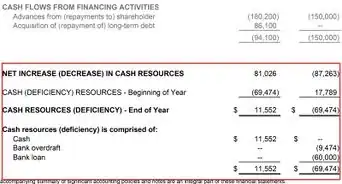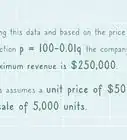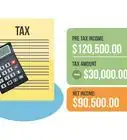This article was co-authored by Dave Labowitz. Dave Labowitz is a Business Coach who helps pre-entrepreneurs, solopreneurs/entrepreneurs, and team leaders start, scale, and lead their businesses and teams. Before beginning his coaching career, Dave was a startup executive who spent over a decade building high-growth companies. Dave’s “path less traveled” life includes adventures such as dropping out of high school, co-authoring a book in the Smithsonian Institute, and getting his MBA at Pepperdine’s Graziadio Business School.
There are 7 references cited in this article, which can be found at the bottom of the page.
wikiHow marks an article as reader-approved once it receives enough positive feedback. In this case, 100% of readers who voted found the article helpful, earning it our reader-approved status.
This article has been viewed 294,387 times.
Only 30% of businesses on the market actually sell. Whether you want to sell a business and beat the odds, or you are in the market to buy a business, ensure a fair price for yourself by following these steps and properly valuing the business for sale.
Steps
Arriving at an Estimate
-
1Gather information about the business. Use the law of supply and demand to inform your base valuation of the property.[1]
- Look around. Note the sale price of any other similar businesses in the area. This will help you get a general idea of what that type of business is worth.
- You're likely to come up with a fairly wide range of prices. Try to mentally place the business you're evaluating somewhere along that range to get an initial assessment.
- Business with intellectual property (IP) tends to have a higher valuation than businesses that don't have any intellectual property.
- Feel free to ask business owners if they have an estimate of the value of their business. Many won't have a number ready offhand, but some might.
- Examine assets. Just as important as knowing the likely asking price of the business you're examining is knowing what assets it has. There are two ways to assess the assets of a business:
- The liquidation value method looks at the cash value of the business if all of its hard assets (things like furniture, equipment, property, and goods for sale) were to be sold off. A thorough inventory of hard assets is required for an accurate liquidation value.[2]
- When using this method, it's important not only to get a good idea of how much each hard asset might sell for, but also how likely it is to sell quickly.
- The income capitalization method supposes that the business will remain in operation after it is sold, and projects future income based on the business's past performance. Detailed financial records are helpful in estimating income capitalization.[3]
- If you evaluate a business's assets using income capitalization, be sure to account for operating costs and other expenses.
- The liquidation value method looks at the cash value of the business if all of its hard assets (things like furniture, equipment, property, and goods for sale) were to be sold off. A thorough inventory of hard assets is required for an accurate liquidation value.[2]
- Look around. Note the sale price of any other similar businesses in the area. This will help you get a general idea of what that type of business is worth.
-
2Estimate the cash flow of the business. Now that you have a better idea of the shape and size of the business you're investigating, get a more accurate picture of how money flows through it. The most common way to do this is to apply a formula called the “seller's discretionary cash flow” (SDCF) model that provides a measure of a business's earnings.[4]
- Be sure the model works for you. SDCF only works for businesses that are run by an owner-operator, such as most small businesses and some franchise operations. In the case of a larger or broader business without an owner-operator (such as businesses run by a board of directors), valuation becomes considerably more complicated.
- Apply SDCF. SDCF follows a fairly simple formula. Here are the steps:
- Begin with business earnings before taxes.
- Add any expenses that are unrelated to operating costs, and subtract any income that doesn't result from the operations of the business.
- This typically includes things like employee benefits and personal expenses.
- Add atypical and one-time-only expenses; subtract one-time-only income.
- Add any expenses resulting from amortization and/or depreciation.
- Add interest payments and expenses; subtract income from interest.
- Add the total compensation of the owner. If there are multiple owners, choose one.
- Adjust the compensation of any other owners down to the standard for the market. This will give you another, financially-based estimate of how much money a business is making.
- Estimate the price. Multiply your SDCF figure by a market multiple, usually between 1 and 3 for small businesses, to arrive at a market price.[5]
- Having an accountant on hand will help you get a notion of what market multiple to use. If you have to, you can try to guess relative SDCF for similar businesses that have sold and derive a market multiple from their selling prices instead.
Reviewing and Confirming Your Estimate
-
1Double check everything. Be sure you have accounted for as much of the business as you reasonably can. Have you accounted for every asset and every dollar that enters or leaves the company, including those that might not be on the financial record? If you're the buyer, have you accounted for loan costs?
- Think methodically. List expenses and incomes by type and then go down the list and ask yourself, “does this business have this factor?” If the answer is yes, make sure you have a figure for it.
- Think outside the money. Account for “soft” factors like the location, age, and general reputation of the business. These can drastically alter its cash flow value.
-
2Review your research. Compare the market range for similar businesses to the income and asset figures you calculated. Be sure that your income figure multiplies up to the range consistently, and that your asset figure matches up with the assets of businesses in the range.[6]
-
3Factor in the terms of sale. The specifics of how the business is being sold will affect the figures you've come up with, whether you're a buyer or a seller. Various things can raise or lower the amount of money that can reasonably be expected to change hands during a business sale. A company's valuation can be reduced if the business carries liabilities like large debt.[7]
- Know the difference between cash and credit. A seller demanding a cash sale will command a lower final figure than one willing to work with financing. Likewise, a buyer who offers cash can probably negotiate a lower price.
- Buyers should also be aware of how they're balancing monthly payments with the down payment. By placing a larger amount of money down at the beginning of a financing deal, a buyer can make his or her monthly payments smaller, which will result in more monthly income from the business.
- Know the difference between cash and credit. A seller demanding a cash sale will command a lower final figure than one willing to work with financing. Likewise, a buyer who offers cash can probably negotiate a lower price.
Expert Q&A
-
QuestionHow do I estimate how much a manufacturing business is worth?
 Dave LabowitzDave Labowitz is a Business Coach who helps pre-entrepreneurs, solopreneurs/entrepreneurs, and team leaders start, scale, and lead their businesses and teams. Before beginning his coaching career, Dave was a startup executive who spent over a decade building high-growth companies. Dave’s “path less traveled” life includes adventures such as dropping out of high school, co-authoring a book in the Smithsonian Institute, and getting his MBA at Pepperdine’s Graziadio Business School.
Dave LabowitzDave Labowitz is a Business Coach who helps pre-entrepreneurs, solopreneurs/entrepreneurs, and team leaders start, scale, and lead their businesses and teams. Before beginning his coaching career, Dave was a startup executive who spent over a decade building high-growth companies. Dave’s “path less traveled” life includes adventures such as dropping out of high school, co-authoring a book in the Smithsonian Institute, and getting his MBA at Pepperdine’s Graziadio Business School.
Business Coach Start by looking at the manufacturing industry and looking at comparative transactions to determine what multiple of earnings seems to be appropriate in that industry. Based on recent trend transactions and similar companies, you'd take the annual net income and multiply that by that multiple—that will get you to a starting point valuation. From there, you would look at other things that would push the valuation up or down.
Start by looking at the manufacturing industry and looking at comparative transactions to determine what multiple of earnings seems to be appropriate in that industry. Based on recent trend transactions and similar companies, you'd take the annual net income and multiply that by that multiple—that will get you to a starting point valuation. From there, you would look at other things that would push the valuation up or down. -
QuestionHow do I value a business that has recently closed?
 Community AnswerBasically, you no longer have "good will to sell," so it would be based on the value of the assets.
Community AnswerBasically, you no longer have "good will to sell," so it would be based on the value of the assets. -
QuestionHow do I know the value of my client list?
 Community AnswerAsk yourself how many are active clients and how much does each spend or is qualified to spend? Often long lists of clients become very short just by analyzing the actual real activity from the list. Go with a solid 10/15% of what active clients spent in the last calendar year.
Community AnswerAsk yourself how many are active clients and how much does each spend or is qualified to spend? Often long lists of clients become very short just by analyzing the actual real activity from the list. Go with a solid 10/15% of what active clients spent in the last calendar year.
References
- ↑ https://www.inc.com/mike-handelsman/selling-your-business-whats-your-right-asking-price.html
- ↑ https://www.wallstreetmojo.com/liquidation-value/
- ↑ https://www.valuadder.com/valuationguide/business-valuation-three-approaches.html
- ↑ https://www.nerdwallet.com/blog/small-business/how-to-calculate-cash-flow/
- ↑ https://www.bbgbroker.com/how-to-value-a-business-for-sale/
- ↑ http://www.globalbx.com/d_how-to-value-a-business.asp
- ↑ https://www.inc.com/mike-handelsman/negotiating-the-final-terms-of-your-business-sale.html
About This Article
To value a business that's for sale, start by determining the seller's discretionary cash flow (SDCF). To determine the SDCF, start by taking the business' earnings before taxes and adding any expenses that are unrelated to operating costs, like employee benefits. Then, add any expenses resulting from amortization and depreciation, as well as any interest payments and expenses. Finally, add the total compensation of the owner. Once you have the SDCF, multiply that number by a market multiple, usually between 1 and 3, to get the business' value. To learn how to review and confirm your estimate, scroll down!

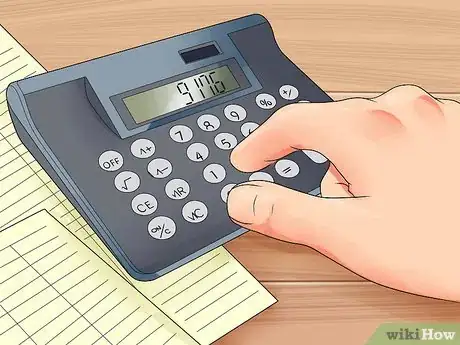
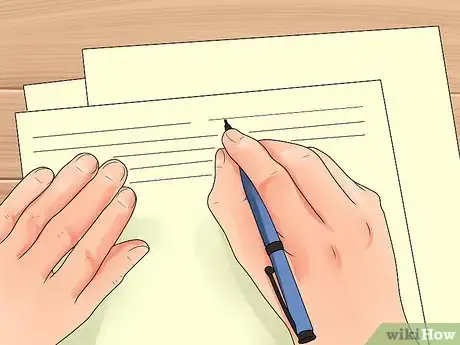
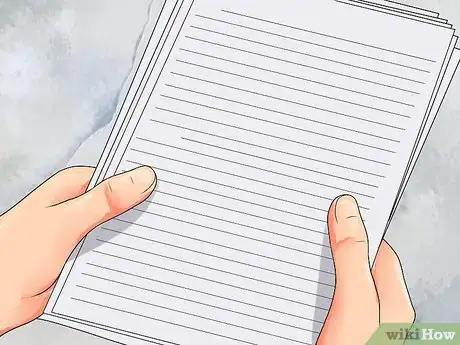
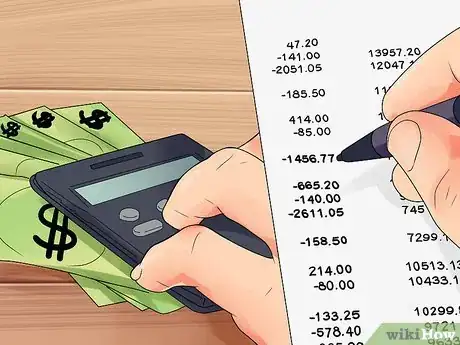

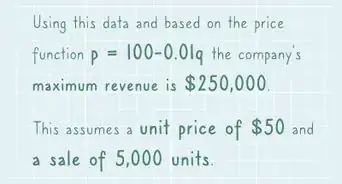

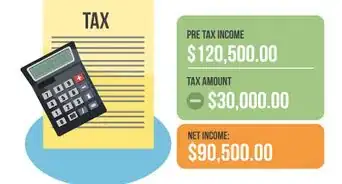
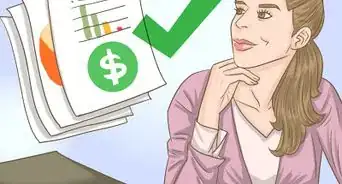
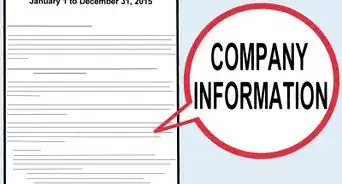

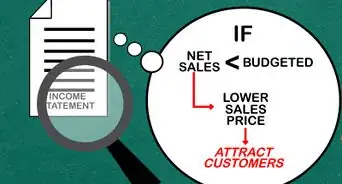
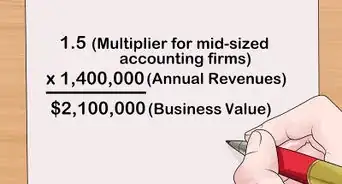
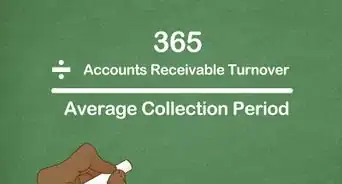
-Step-04.webp)


